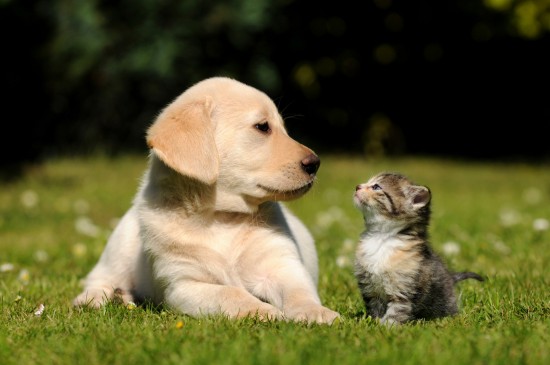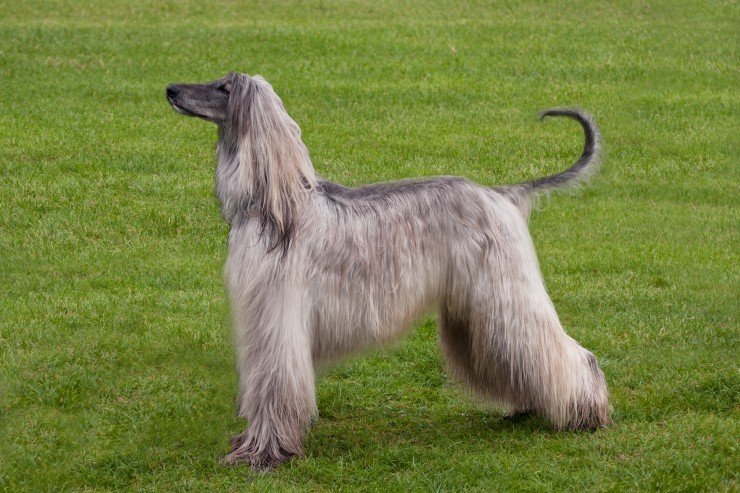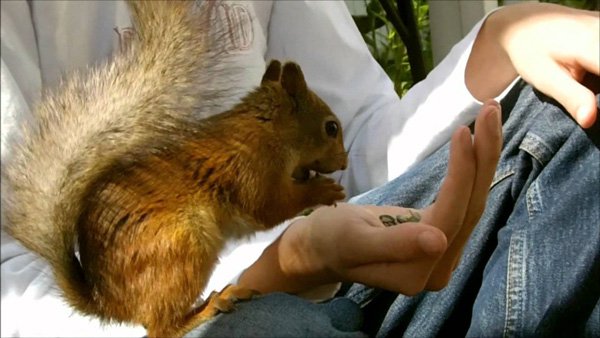
Police dog training enthusiasts are, by necessity, people who work with pure bred dogs. There is just too much at stake not to be able to depend on breed specific qualities, such as courage and loyalty. For most dog breeders and buyers, genetics is both a confusing and intimidating topic.
This short article is intended to clarify some commonly held misconceptions about genetics and to offer some explanations which will help the average person understand a few basic concepts of genetics that are important in breeding and owning purebred dogs.
THE MYTHS: Myth #1. Purebreds are "weaker" than mutts. Mutts display more genetic faults and inherited disease traits than any one breed. There are endless sets of statistics to prove this, but they never seem to convince anyone. This is probably due to the following: a) Sick and crippled mutts are less likely to be taken to vet clinic for expensive care. b) No owner, breeder or vet ever attributed a disease to a mutt's breeding. c) Many healthy pets live quietly on, while one sick Irish Setter or a GSD with hip dysplasia gets more than their share of the focus. Add to this that the better made pets are actually much harder to find & buy for the average pet owner, who sadly tends to, despite all good intentions, to buy from the uninformed if not our right uncaring breeder. d) People think Nature does a better job of taking care of Her Children than man does.
The facts are obvious only to those who study nature carefully. Sickness, death & dying is just exactly how nature winnows out the numbers to an acceptable level. Nature's idea of "controlling" disease is to let the afflicted individuals be born, suffer and die. Myth
#2. Inbreeding is bad; it causes sick and unstable dogs. This goes with the idea (also erroneous) than inbreeding doesn't occur in nature. Cultural taboos on inbreeding are behind all these myths. Line breeding & outcrossing are neutral tools used to effect certain ends. It is certainly true that there can be a loss of diversity among some particular genes in some individuals, but problems also occurs when you "mess with" a 'good' set of genes by introducing "new blood" into a breeding program.
All this is demonstrated in wild as well as zoo populations as well as various domestic animal breeding programs. The point is you just cannot point & say "inbreeding is bad, outcrossing is good;" nature is never than simplistic. Bad breeding decisions often end in sick & unstable animals, but even the best breeding program has individuals who may fall ill.
Having information on the actual animals in question is what is critical & no formula can replace that all important criteria. The results of any breeding demonstrate the skill (& luck) of the breeder. One of the most inbred lines of dogs in the world has the lowest breed incidence of hip dysplasia and the highest success rate as superior companion dogs--the Seeing Eye German Shepherd.
Which is NOT to say "inbreeding is good;" the old breeder's saw about having to do an outcross every few generations is based on the observation that continuous inbreeding over generations can result in "inbreeding depression;" a phenomena having to do with having too much similarity among certain genes (such as immune genes). The point is one simply does not make breeding or buying choices based on single criteria or "cookbook" formulas--random outcrossing is as deadly as blindly line breeding--smart breeders make careful selections every generation.
Police dog training programs need to establish relationships with informed, sophisticated and practical breeders.
Now you can get all the details you will need to achieve your objectives and goals with Schutzhund Training! You can see a great FREE video when you visit http://topschutzhundtraining.com/freevideo/ now!
 Stopping Your Cat From Bullying Your Dog!
Stopping Your Cat
Stopping Your Cat From Bullying Your Dog!
Stopping Your Cat
 Diabetes Insipidus In Dogs
Diabetes Insipidu
Diabetes Insipidus In Dogs
Diabetes Insipidu
 Are Ferrets Fun Pets Or A Lot Of Hassle?
Are Ferrets Fun P
Are Ferrets Fun Pets Or A Lot Of Hassle?
Are Ferrets Fun P
 Does your dog do its exercise?
Does your dog do its exercise?
Pooches can be
Does your dog do its exercise?
Does your dog do its exercise?
Pooches can be
 The Ideal Chicken Houses for Your Hens at Cost Effective Prices
The Ideal Chicken Houses for Your Hens at Cost Effective P
The Ideal Chicken Houses for Your Hens at Cost Effective Prices
The Ideal Chicken Houses for Your Hens at Cost Effective P
Copyright © 2005-2016 Pet Information All Rights Reserved
Contact us: www162date@outlook.com